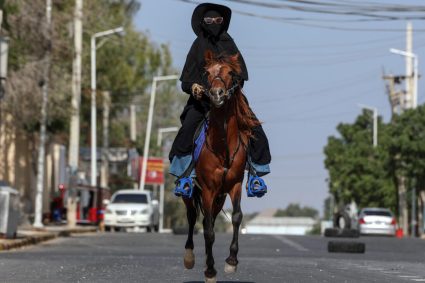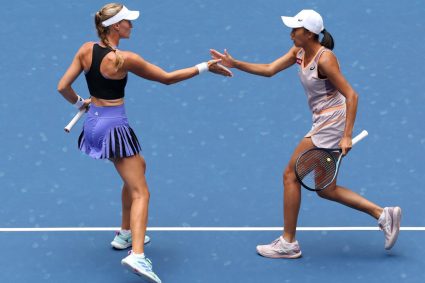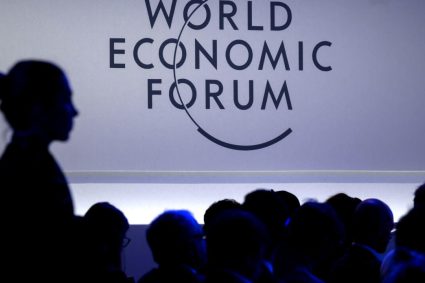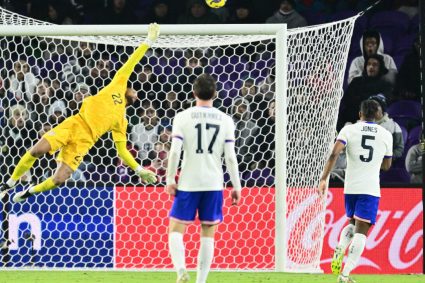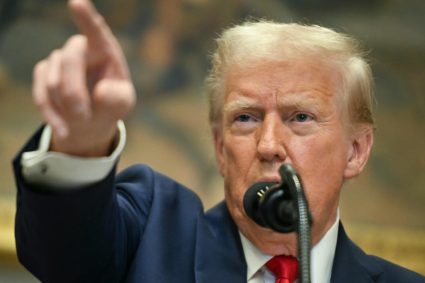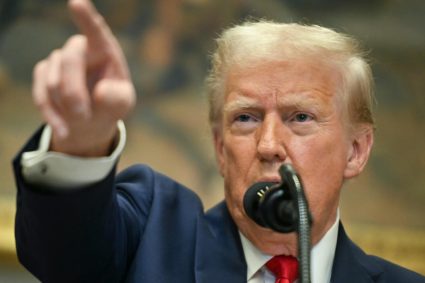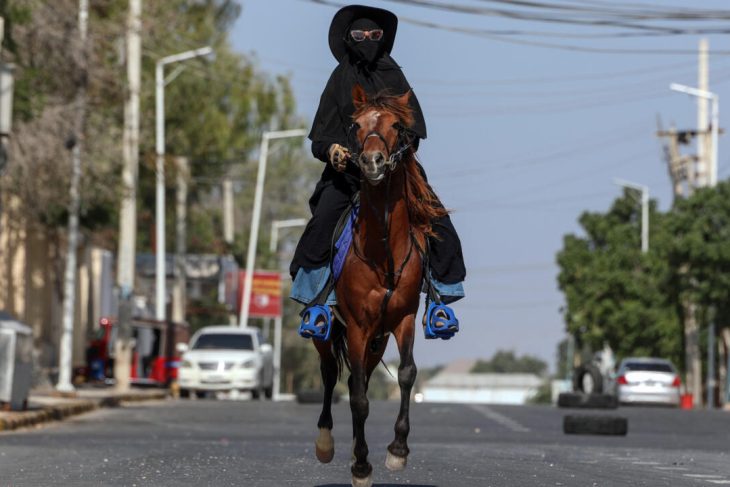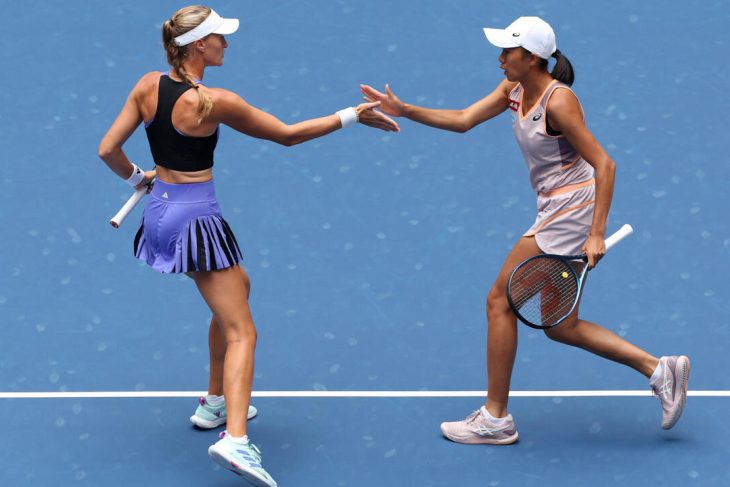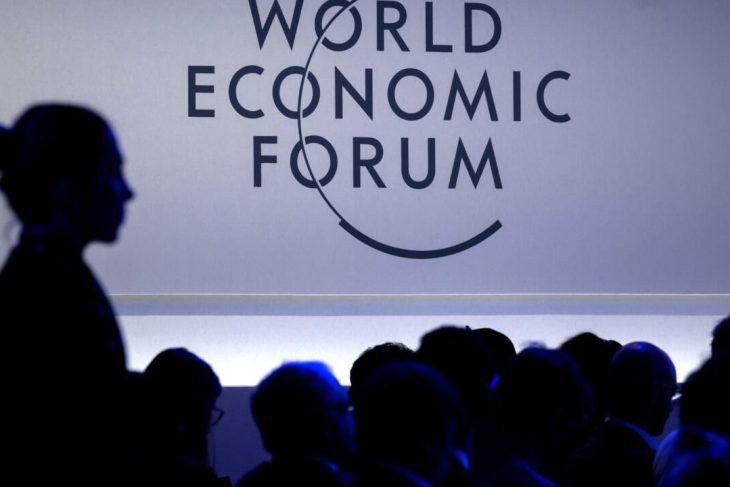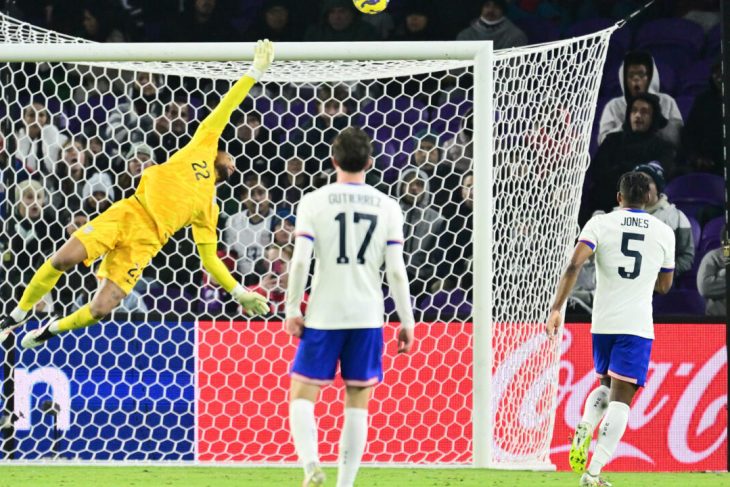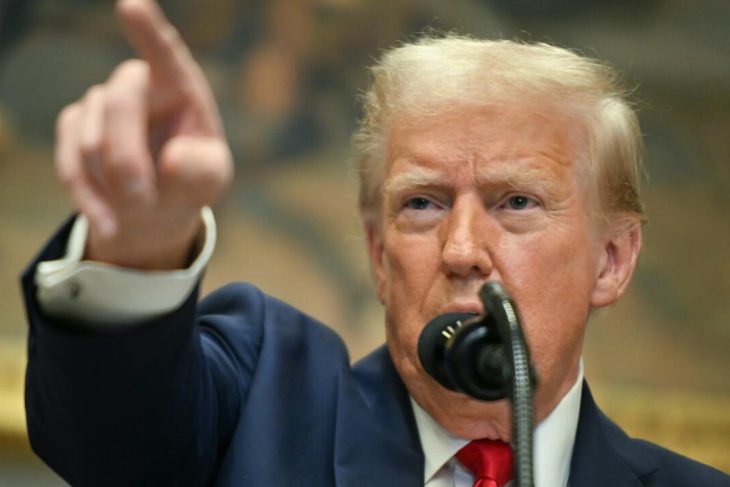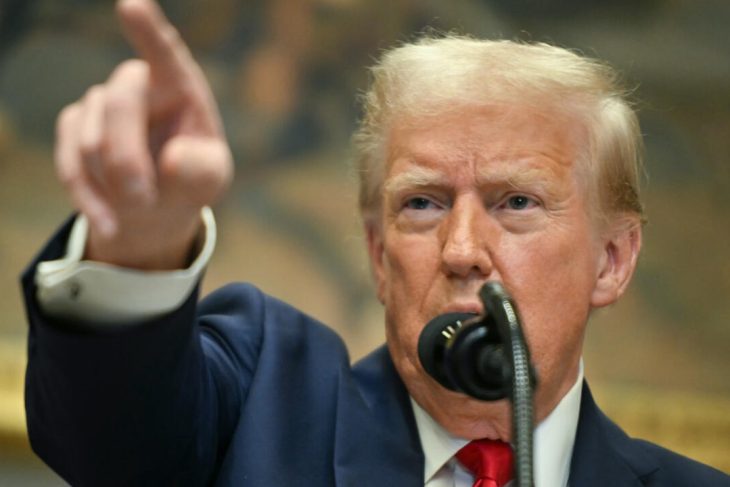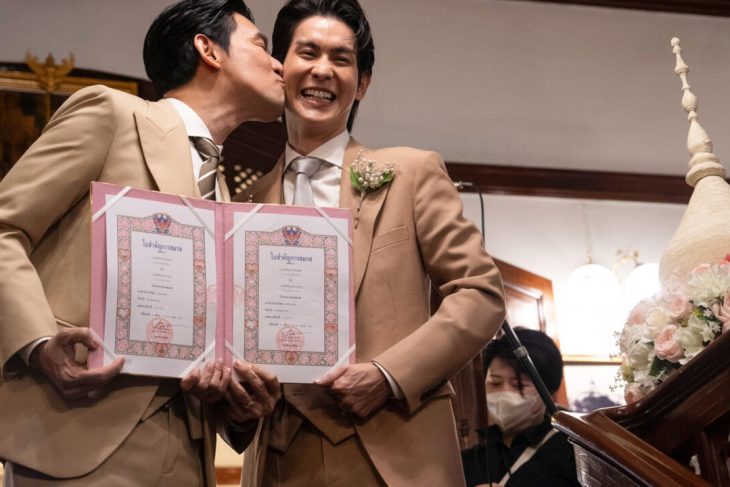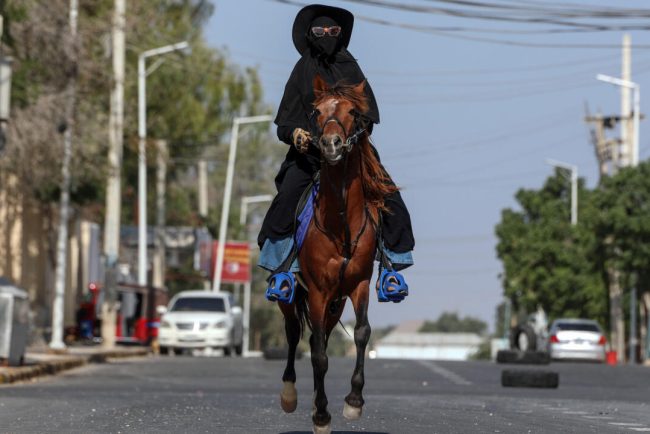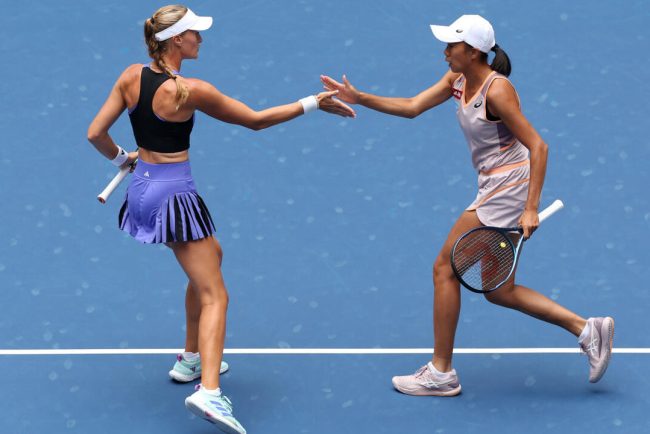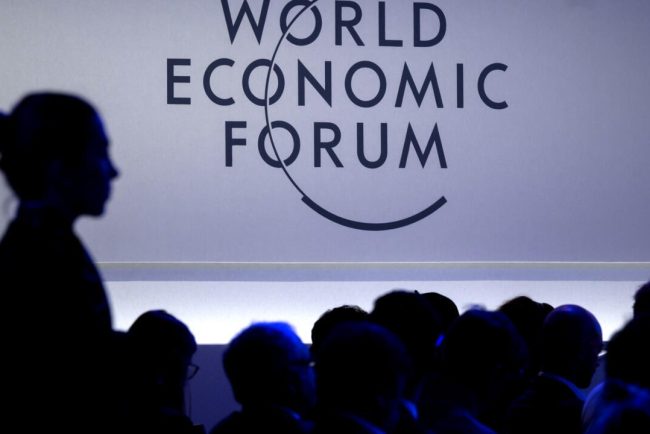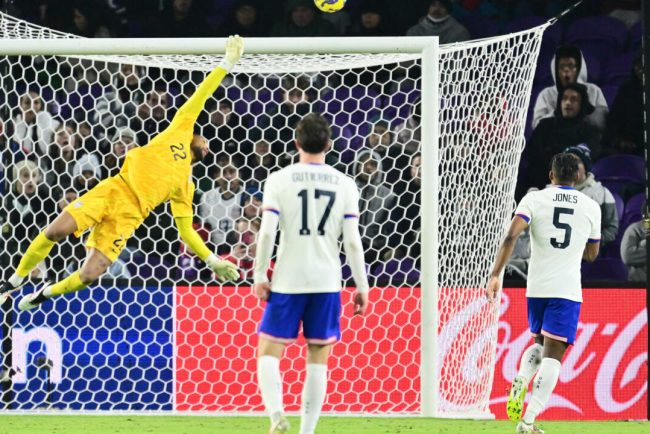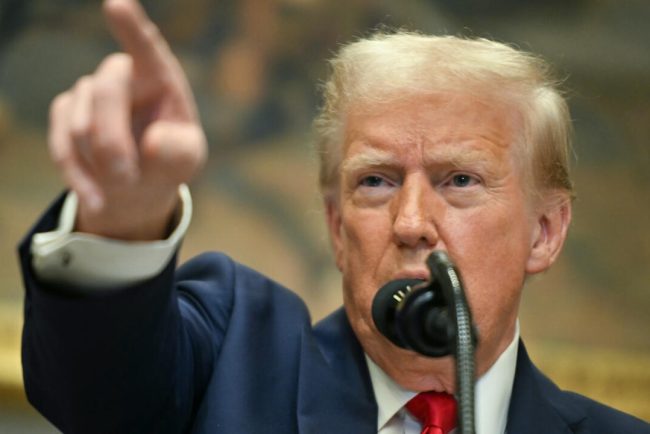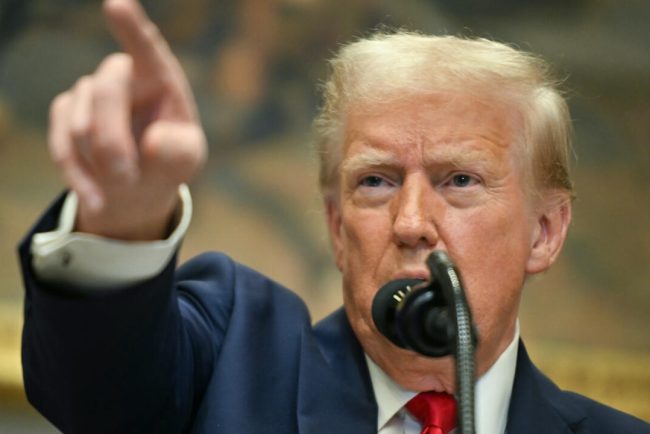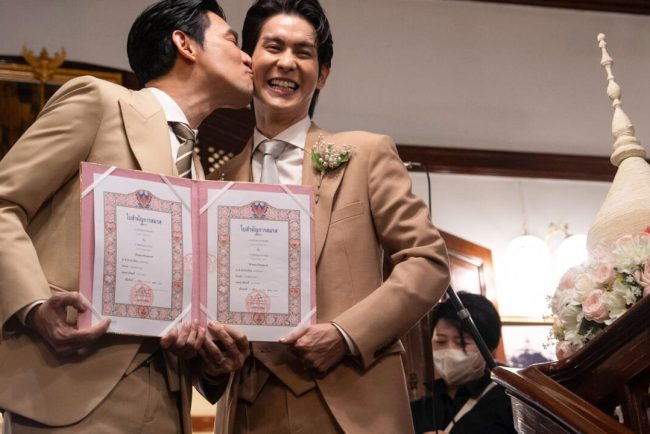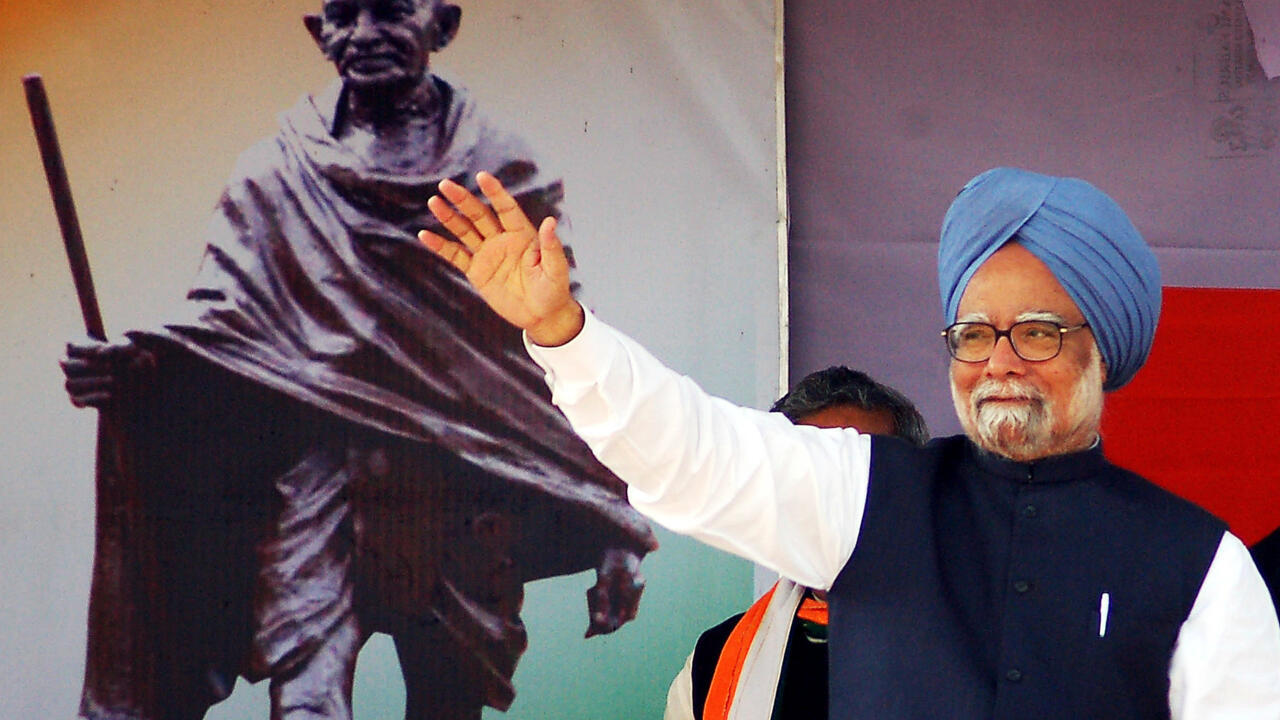
In his first term he steered the economy through a period of nine-percent growth, lending the country the international clout it had long sought.
He also sealed a landmark nuclear deal with the US that he said would help India meet its growing energy needs.
But by 2008 there was growing disquiet among the ruling alliance’s left-leaning parties about the pact, while high inflation — notably food and fuel prices — hit India’s poor hard.
Still, voters remained drawn to his calm, pragmatic persona, and in 2009 Congress steered its alliance to a second term.
Singh vowed to step up financial reforms to drive economic growth, but he came under increasing fire from critics who said he had done nothing to stop a string of corruption scandals on his watch.
Several months before the 2014 elections, Singh said he would retire after the polls, with Sonia Gandhi’s son Rahul earmarked to take his place if Congress won.
But Congress crashed to its worst-ever result at that time as the Hindu-nationalist Bharatiya Janata Party, led by Narendra Modi, won a landslide.
More recently, an unflattering book by a former aide titled “The Accidental Prime Minister” portrayed him as timid and controlled by Sonia Gandhi.
Singh — who said historians would be kinder to him than contemporary detractors — became a vocal critic of Modi’s economic policies, and more recently warned about the risks that rising communal tensions posed to India’s democracy.
© 2024 AFP
